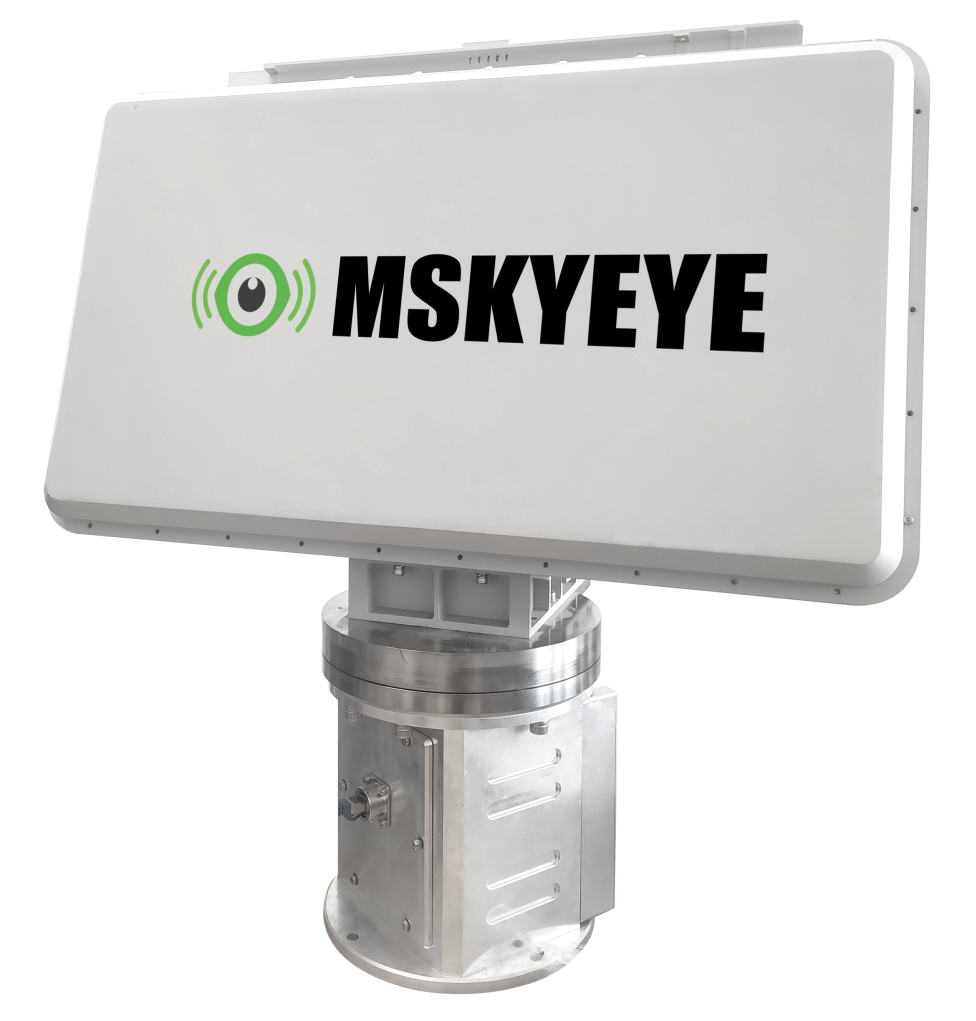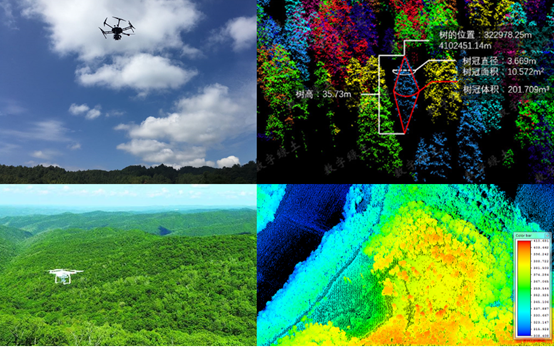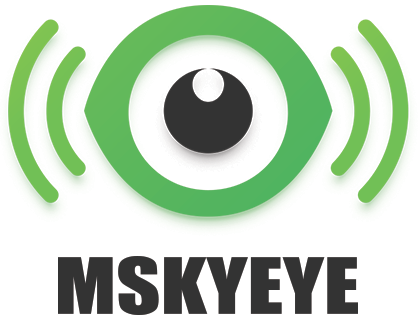Four main methods of drone detection
Product Introduction:
Four main methods of drone detection
The drone countermeasure system mainly includes two parts: detection and jamming. Today we will discuss what are the main means of detecting drones.
Uav detection technology is the comprehensive use of various sensors to "discover" or "find" the threat target, the use of the target UAV physical properties (such as optical characteristics, thermal characteristics, acoustic characteristics, magnetic characteristics) of the different, through the measurement of some of the above characteristics to find the target UAV and identify.
At present, there are four common UAV detection means: radar detection, radio spectrum detection, photoelectric detection and acoustic detection. These detection means have advantages and disadvantages, and the applicable scenarios are different.
 1.Radar detection
1.Radar detection
Radar detection means that the radar system detects and measures the position of the UAV by transmitting electromagnetic waves and using the electromagnetic wave reflection principle of the UAV body. By receiving and analyzing the reflected radar waves, the information of the UAV target can be obtained.

Radar has the advantages of long detection range, accurate positioning, fast response speed, less influence by weather and high technical maturity.
But radar detection technology in the process of use, there is a short distance blind area, and when the UAV hovering or slow moving, due to the low Doppler shift, radar is difficult to detect the UAV target.
2.Radio spectrum detection
Compared with radar detection technology, radio spectrum detection equipment is cheaper and can meet a wide range of defense needs. However, radio spectrum detection technology takes a lot of time to crack the encrypted signal, which is not conducive to improving the tracking efficiency. And if the drone is cruising autonomously or silently sailing without transmitting a signal, radio spectrum detection technology will not work.
3.Photoelectric detection
There are two main types of photoelectric detection techniques: visible light detection and infrared detection.
Visible light detection is the use of various imaging equipment working in the visible band to detect the video image of the target UAV, so as to identify and confirm the target, and track the target. This technology is suitable for use in the daytime, its equipment cost is low, the relevant technology is mature, and the application is more common. The detection effect of visible light is greatly affected by the weather, and the detection effect is poor when the visibility is low.

Infrared detection is to use the infrared radiation difference between the background and the target of the UAV for target monitoring. The target and its background image are obtained first, and then the target is detected, identified and tracked through a series of image processing technologies.
Infrared detection is easy to be disturbed by various heat sources and sunlight, and is more suitable for use at night. When the distance of the UAV is far away, it occupies very few pixels in the detection image, it is difficult to distinguish the UAV pixel from the noise point, so in the actual detection, it is difficult to effectively balance the missed detection rate and false alarm rate. In addition, compared with visible light detection equipment, infrared detection equipment has a high cost, and its application is limited to a certain extent.
4.Acoustic detection
During flight, the drone's power unit and propeller blades emit sound waves, which can be regarded as the "audio fingerprint" of the target drone, each drone has its own unique acoustic characteristics.
Acoustic detection is mainly through collecting sound signals, and compared with the acoustic characteristics of the drone in the database, so as to identify the information of the target drone.
Acoustic detection only passively receives acoustic signals in the air, which is not easy to be found by drones, so it is safe and low cost.
However, acoustic detection technology can not meet the requirements of remote target UAV detection in use, and the applicable scenarios are limited to low-noise environments.
Interested in our company?
or
Contact us now. Learn how our radar uses actionable data to make your operations safer.


